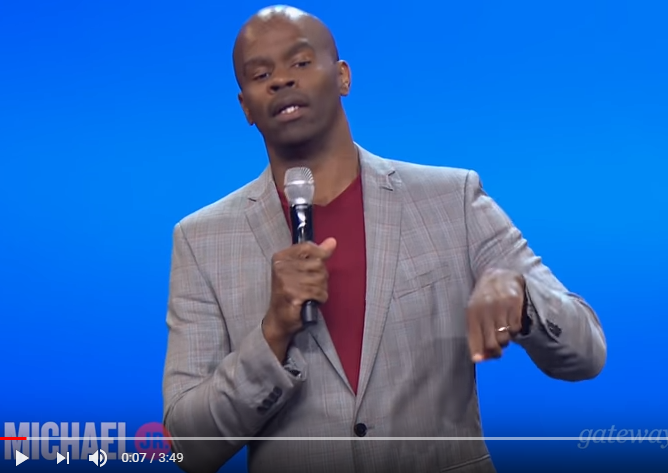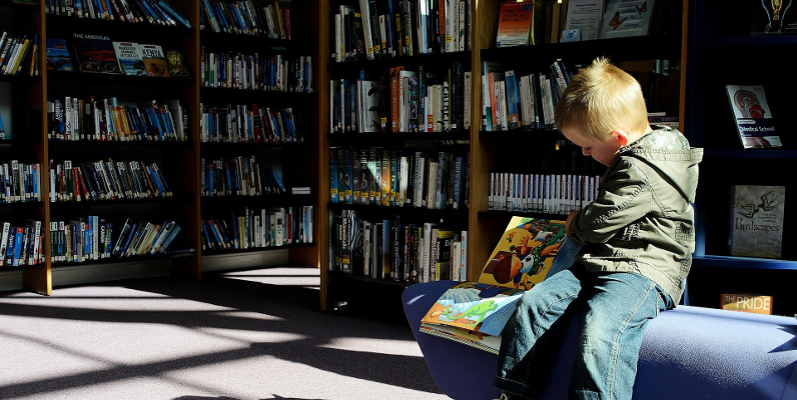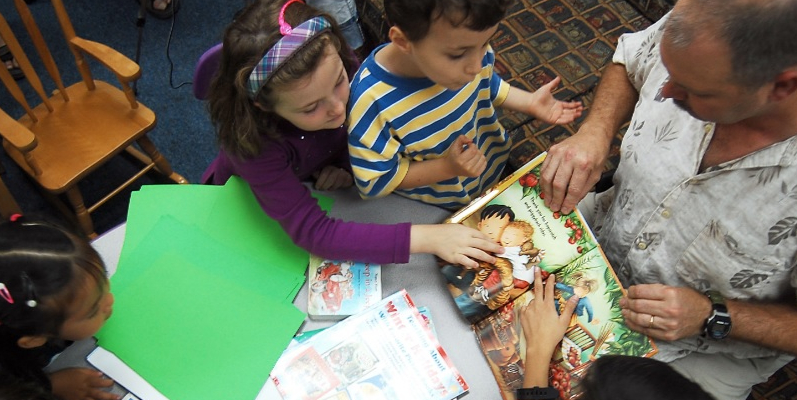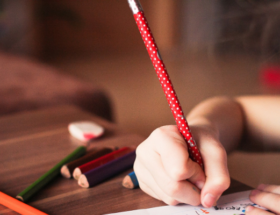Back to school
That short statement evokes differing emotions for teachers. Some are terrified to return to the truckload of teacher-tasks, some are frustrated the summer months seem so short, some may be anxious to meet their students and launch new learning.
Whatever the feeling, the start of a new school year is quickly approaching.
In the area where I live, school starts for teachers the second week of August and students return the end of month. It’s here and I can guarantee that teachers and campus administration are thinking a lot about all that needs to be done.
I want to propose that teachers and administrators don’t start with what they need to do, but instead to start the new school year with why.
Why do we teach?
Until we’re clear on why we’re going back to school, it’s pretty difficult to think intentionally about what we’re doing to prepare.
When our kids were teenagers, I was pretty good at enforcing curfew. I stated the time I expected them to be home. I sat up faithfully waiting on them to show up at the agreed-upon time. I celebrated when they returned punctually and chastised when they didn’t.
It occurred to me one evening that I wasn’t sure about the rationale behind curfew and I could see that our kids weren’t either. After a short discussion with my husband, I had a renewed commitment to the teen curfew in our home.
Me: “Why exactly do we need a curfew for the kids?”
The husband: “We get to help them build habits in a safe environment for the world they’ll navigate as adults. They’ll need to live a healthy, balanced life once they’re in university and pursuing careers. If they don’t get practice now, with our support, coming home and getting enough hours of sleep so they can function at their best, they’ll not have developed those habits when they are grown and gone.”
Once I understood the why (learning to live in healthy balance) behind the what (teen curfew) then it was much easier for me to hold our teens accountable for their nighttime ETA.

Teaching is a fearsome life calling. Every day is filled with equal parts miracles and mayhem. To get your what done, you must start with the why.
Example of a teacher “why” statement—
I teach to provide a safe place for students to be curious, to read widely and critically, to experiment with and express ideas, to learn about the world and its people, to discover their capacity to create, to engage in civil discourse and to envisage their learning and its influence on themselves and others.
This why statement drives:
Physical set up of classroom—is the classroom kid-centered? Are there various multi-use areas in the room that clearly provide space and materials for readers, writers, social scientists, mathematicians and scientists? Do examples of student learning feature prominently on walls? Are there varied seating options?
Instructional planning—as the teacher plans for each unit the direction is clear. Standards are one element of the design for learning. Equally important for planning is the knowledge/application of the authentic tasks readers and writers naturally engage in. Texts used to teach, model and practice reflect the varied ethnic and cultural lives of the students in the class, with emphasis on #ownvoices authors (hashtag created by Corinne Duyvis).
Student learning—there are equal parts academic and social/emotional learning. Evidence of individual student needs is clear with thoughtful differentiation and appropriate scaffolding.
Workshop/Studio Model—the classroom schedule is designed so that students are beneficiaries of minimal direct instruction with strong teacher modeling and exemplars when needed. Teacher uses a teach, model, release protocol so that students spend the bulk of their learning time doing the work in the content area. Students receive frequent feedback from peers and teacher in order to achieve the optimal learning outcome.
Assessment—there is strong emphasis on well-designed formative assessments so that evidence of student learning drives subsequent instruction or remediation/acceleration.
Knowing why makes it much simpler when problems or issues arise. When new programs are set out to be implemented, the classroom teacher now has guidelines by which to evaluate the fidelity of the resource. If the product’s development and application is in conflict with the why statement, it’s much easier to engage in thoughtful discussions with coaches and campus administration regarding the resource and its ability to lead to authentic reader and writer dispositions.
Won’t you take a few minutes to think about why you teach so what you spend your time doing in the classroom yields the outcomes your teacher-heart is committed to?
It’s been around a while and you may have already seen it, but for additional inspiration, you’ll want to view this YouTube video from Michael Jr. It’s a powerful illustration of knowing your why.












Valinda .. thank you for sharing this with me. The video is powerful.
It is a powerful example! Thanks for reading!